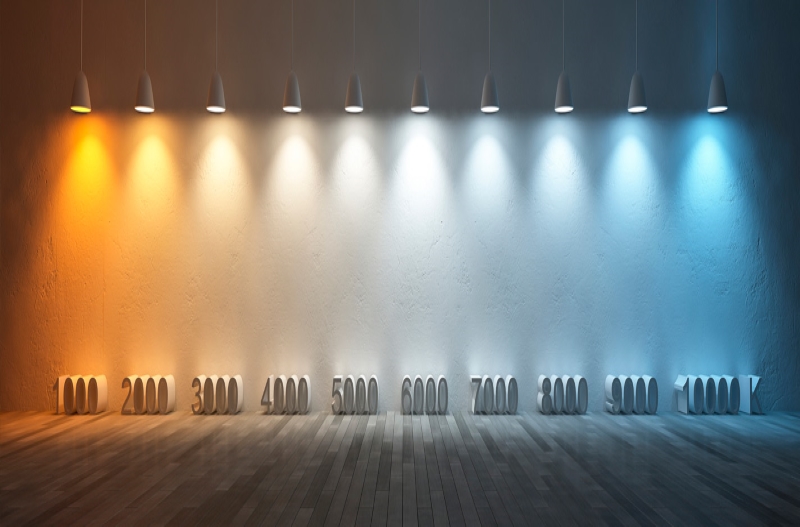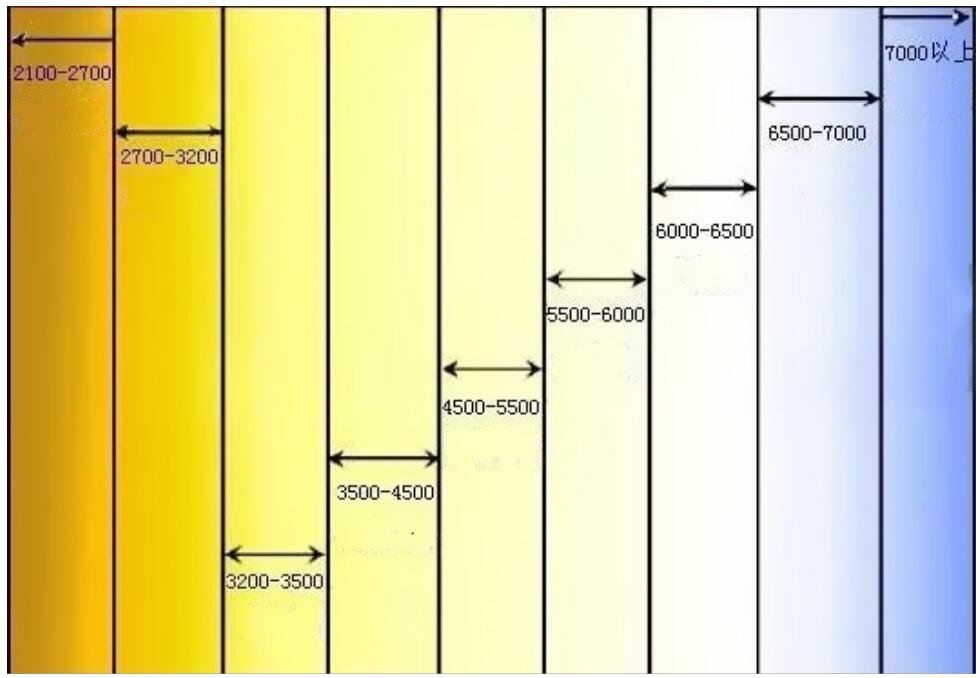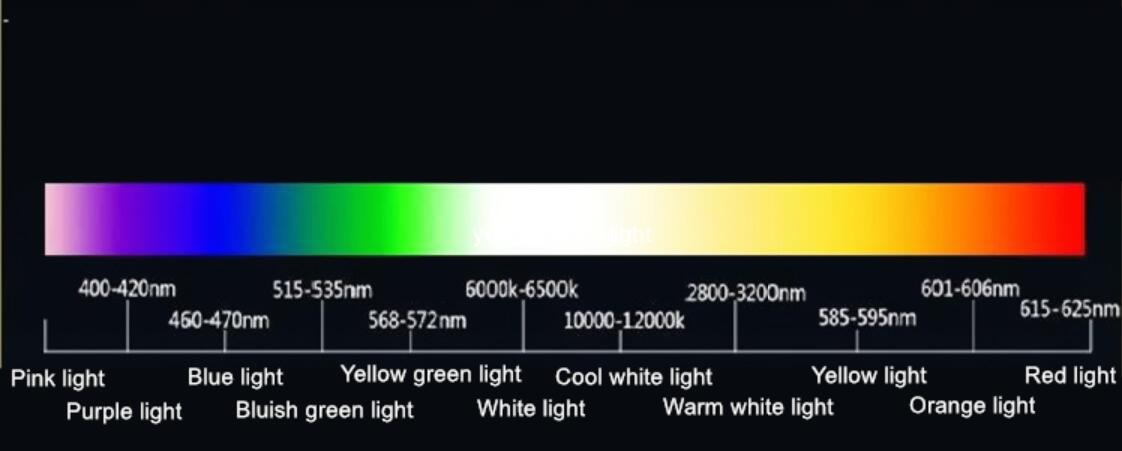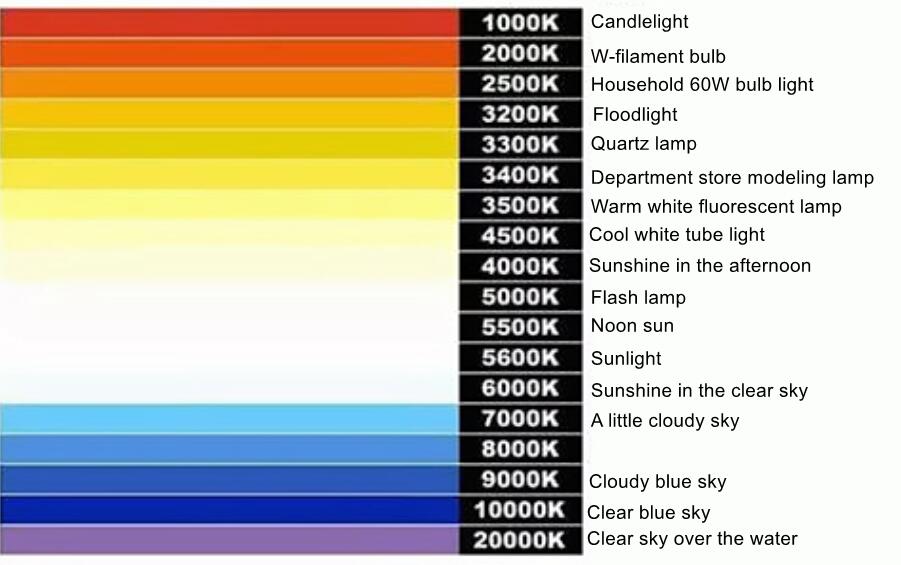
When we buy LED lamps, we often encounter that it is cold white light, neutral white light, warm white light etc. This is the color temperature of LED products, an important specification parameter, which is related to olor characteristics of LED lamps.
The light in nature is not always the same, and the perceptible color of an object depends on the light source shining on it. Broadly speaking, everything that can radiate electromagnetic waves in the visible light wavelength range can be called a light source; in a narrow sense, it refers to lighting, which can provide a more uniform distribution over the entire wavelength range of visible light.
Color temperature is a characterization of the color quality for a light source, the hue tendency and color saturation of a light source. When the color of the light emitted by the light source is the same as that of the black body at a certain temperature, the temperature of the black body is called the color temperature of the light source.
If an object burns, first the flame is red, then as the temperature rises, it turns orange, then white, and finally, blue appears. Scottish mathematician and physicist Lord Kelvin first discovered the close relationship between heat and color in 1848, and left the world a great concept of "absolute zero" (-273.16 degrees Celsius). Since then, the Kelvin temperature scale was created, which is the color temperature we are talking about today.
Regarding the color temperature and the color quality of the light source, it can be considered that the higher the color temperature, the colder the light, and the lower the color temperature, the warmer the light.

The color temperature of the light source is different, and the light color is also different. The color temperature below 3300K has a stable atmosphere and a warm feeling; the color temperature is between 3000-5000K as the intermediate color temperature, which has a refreshing feeling; the color temperature above 5000K has a cold feeling.
The Kelvin temperature scale uses K (abbreviation for kelvin) to represent temperature. The lower the value, the more "red", the higher the value, the more "blue". Red and blue are not the colors of light itself, but just show that there are more red or blue components in the spectrum. Let's take a look at the common standards in the Kelvin temperature scale:

Correlated color temperature of different light source environments:

The color temperature only indicates the spectral components of the light source, not the luminous intensity. A high color temperature indicates more short-wave components and a bluish-green color; a low color temperature indicates more long-wave components and a reddish-yellow color. Although the color temperature of the light source is not a concept with the brightness, the color temperature directly affects the brightness and contrast.
How do we choose the right color temperature when we buy LED panel lights?
Generally, the color temperature of LED panel lights does not use that much range. There are three common ones, as shown in the figure below. From left to right, they are warm yellow light (3000K), neutral natural light (4000K, a little warmer white), and cold white light ( 6000K).
(1) Cool white light, color temperature of about 6000K, bright light, giving a serious feeling, suitable for office areas, factories and other occasions where people need to concentrate on fine work.

(2) Neutral white light, color temperature around 4000K, relatively mild light, giving people a natural and comfortable feeling, suitable for most public leisure occasions.

(3) The color temperature of warm white light is about 3000K, and the light is soft, which can give people a warm and relaxing feeling. Suitable for occasions that need to enhance the atmosphere, such as bedroom, restaurant, theater, hotel rooms etc




